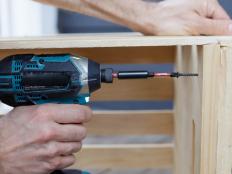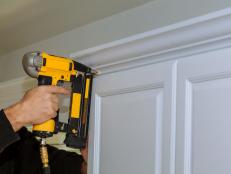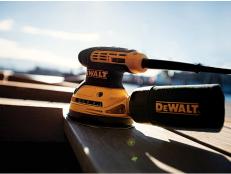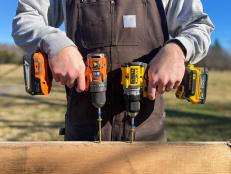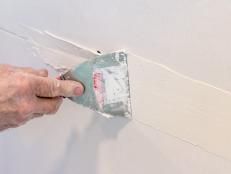What Size Nails for a Framing Nail Gun?
Framing nailers come in a variety of capacities and nailing angles. Each has its own style of nail clip along with some advantages and disadvantages. Our expert breaks it all down for you.

Derek R. Trimble

Framing nailers are the workhorses of the nail gun world and can drive an impressive number of nails in a very short amount of time. Not all framing nailers are equal, and there are some big differences in the types and sizes of nails they can use.
Let’s Start With Some Geometry
Framing nailers are built with their magazines at an angle and will only accept a nail that matches that angle. There are currently four different angles of straight framing nail clips: 21 degrees, 28 degrees, 30 degrees and 34 degrees. Nail clips can vary in length and gauge and even material type, but the important thing to remember is that if you have a 21-degree nailer, you can only use 21-degree nail clips. Additionally, each angle of framing nail clip is held together with a different type of material offering many pros and cons when it comes to speed and capacity. To further complicate things, there is also a 15-degree framing nail gun that will only accept a magazine that is coiled. These coils typically hold 200-300 framing nails slanted at 15 degrees and can last almost all day long on a construction job.
So, What Are the Pros and Cons of Each?
21-Degree Framing Nailers: These nailers are capable of driving a full round head nail and the low angle is great for working in tight spaces. 21-degree nails are held together in plastic clips that shatter as the nails are being driven. This type of gun ejects pieces of plastic at high speed while you’re working, so it’s a good idea to wear your safety glasses while you work. The major drawback to 21-degree nails is the low capacity per clip. You can expect each clip to hold only about 60 nails, so for larger projects, you can expect to reload with more frequency. The advantage to the low capacity is the light weight and extreme portability of these guns.
28-Degree Framing Nailers: Using a clip that’s collated with nails and held with a wire strip, the 28-degree framing nailer has a similarly low angle but is capable of holding nearly twice as many nails. Since the nails can be packed tightly together, these guns are capable of firing three different styles of nails: offset head, clipped head and fully round head nails. The added capacity and the wire clip come with a sacrifice: weight. Expect this gun to weigh slightly more than a fully loaded 21-degree gun.
30- and 34-Degree Framing Nailers: These guns give you the most radical advantage in tight spaces and are the most common nailers seen on construction sites. Generally, they can hold two full strips of nails of up to 80 nails each. These clips are held together with a strong paper tape, which leaves less of a mess on job sites and is safer for working in tight corners. The downside is the running theme with any nail gun: more nails, more weight. These are the heaviest of the straight clip nailers and will require some serious upper body strength for a full day’s work.
15-Degree Framing Nailer: As mentioned above, the 15-degree nail gun uses a massive coil of nearly 300 nails. These are great for framing a building from the ground up, but they come with a serious disadvantage: They’re incredibly heavy. And if the weight of a huge roll of nails didn’t turn you back, the cost for one just might. These guns are very expensive, and the coiled nails are pretty pricey as well. But, if you’re determined to build that cabin in the woods by yourself, this is absolutely the nail gun for you.






